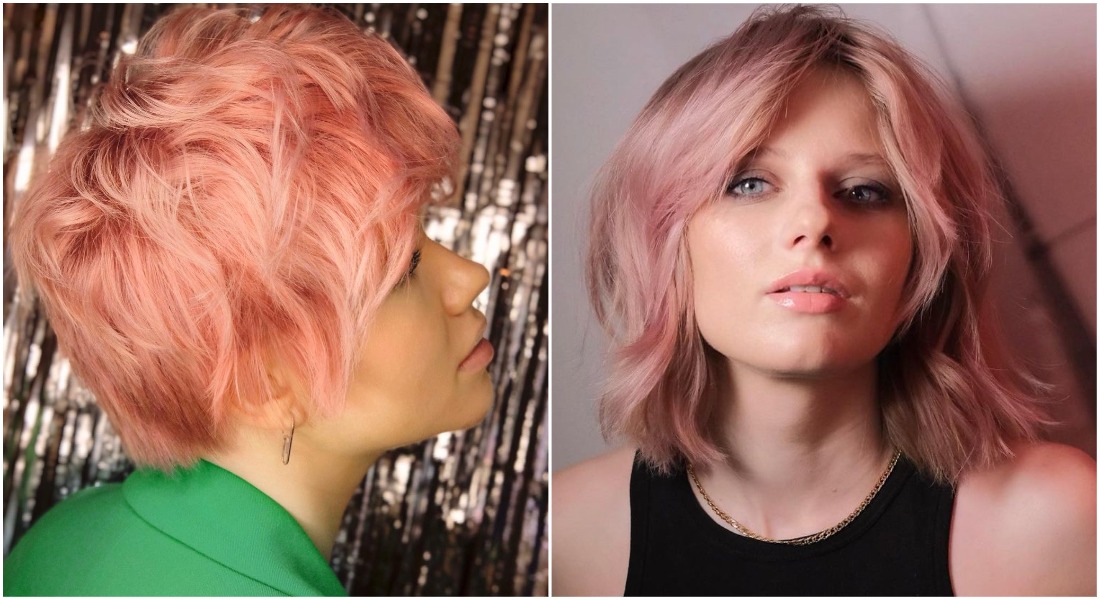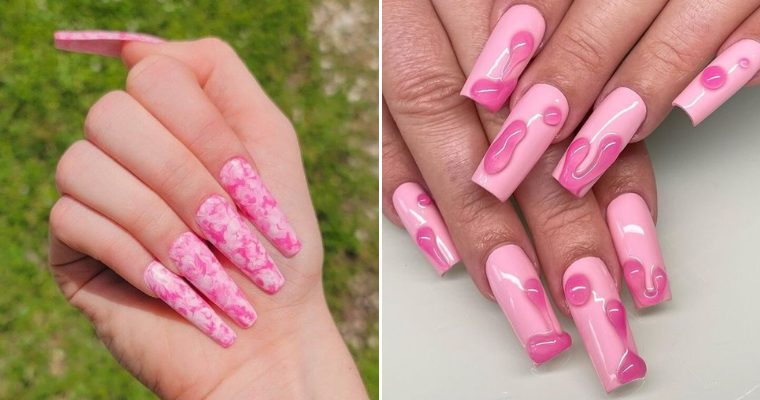Instead of going through the same process of shaving and waxing, which was often uncomfortable, I chose to research laser hair removal. This seems like a great way to reduce the hair on my upper lip and legs using a non-invasive method that involves concentrated light in the form of pulses.
This treatment is supervised by a qualified dermatologist who specializes in skin, nails and hair and is trained in this type of laser therapy. We had extensive conversations regarding safety concerns, potential side effects, and costs before doing so. In doing so, it helped me not only feel knowledgeable, but also comfortable with what I was going to do.
Laser treatment can be used on various parts such as areas of the body except the face and legs, which include the back, chest and pubic area. For example, prioritizing my upper lip and legs was for my comfort since it reduced the wasted time and irritation associated with other, more traditional methods.
The procedure itself seemed generally safe, although at times it wasn’t entirely painless—each pulse felt like a wrenching smack against my flesh. However, the slight discomfort felt during the operation was far outweighed by the fact that there was never a need to shave or wax again.
Although laser treatment does not guarantee permanent hair removal, it significantly reduces hair growth. Additionally, treated hair grows back finer and lighter, while some parts may remain without growth for very long periods. Eventually, I realized that intermittent maintenance treatments were essential to effectively manage any new growth.
How does laser hair removal work?

The term “laser” means “amplification of light by stimulated emission of radiation”. It basically means a device controlling how atoms release photons or light particles from their system. The technology is interesting because it destroys hair at the follicle level with such precision, targeting only the affected areas.
A laser emits light during your treatment session which is absorbed by pigmentation called melanin present in the hair. The energy from this light turns into heat, which then clears the hair follicles. Melanin effectively absorbs radiation between 300 and 1200 nm wavelength used in this case. This process damages the hair matrix (cells that produce hair) and the stem cells of a hair follicle bump, which inhibits or reduces any future hair regrowth.
Many different types of laser are used depending on skin type and hair color:
- Ruby Laser: It emits a synthetic crystalline red light and is most effective on people with light skin and dark hair.
- Diode lasers: This can penetrate deep into the skin without damaging it for use on darker skin.
- Intense pulsed light (IPL) or broadband light (BBL): They produce high intensity multi-colored lights and are absorbed by large areas, especially when dealing with dark skin.
- Alexandrite Laser: It has good penetrating power to eliminate light hairs deep in the dermis.
- Aluminum and yttrium garnet doped with neodymium (Nd: YAG) Laser: It can be applied to all skin types thanks to its ability to penetrate deeply and cause minimal damage to the skin.
Each of these methods has its own strengths and it is the skin type, hair color and where the treatment is carried out that helps in choosing the technologies. This was mainly influenced by my skin type and hair texture. For the reduction of hair growth to be effective in this regard, a series of sessions are spread over several weeks.
Benefits of laser hair removal

The idea to explore laser hair removal came from my desire to have a more permanent solution to manage my body hair. My choice was reinforced by the benefits I saw that mirror the common benefits many others find with this technology.
Hair Growth Lasts Longer:
One notable benefit I noticed here is the durability of the results.
Unlike other methods like shaving or waxing which are done regularly, laser treatments have led to significantly reduced hair regrowth over long periods of time.
Fast and safe procedure:
Compared to the part treated, each session takes a relatively short time. When treating areas such as legs and upper lip, it took me no more than an hour. In addition, it is safe when carried out by qualified personnel, which is very reassuring.
Versatility:
Almost all parts of the body can be subjected to the laser hair removal technique. Therefore, this flexibility allowed me to treat different areas requiring less hair, such as underarms, legs and upper lip.
No adverse effects:
After each session, there were small effects including redness and some irritation which disappeared quickly. The low risk of complications added even more confidence to this method.
Medical benefits:
In addition to the aesthetic use of laser hair removal, it can also be used for medical purposes. It helps in cases like keloidal acne nuchae. A condition resulting from inflammation of the follicles causing keloid scarring or pseudofolliculitis barbia (which leads to ingrown hairs). These conditions are common on shaved areas because they respond well to lasers, thereby managing their symptoms while preventing new ones.
Effects based on skin and hair type:
The effectiveness of laser hair removal mainly depends on the contrast of skin color and hair color. Such a treatment is most effective in people with lighter complexions and dark hair because it targets the melanin present in the hair. However, technological advances continue to expand the spectrum of skin and hair types that can benefit from this method.
RELATED: 20 Stunning Gray Hair Ideas for Women Over 60
Considerations on hormonal influences:
It is therefore crucial to take into account hormonal status as it can affect the results obtained. Hirsutism, for example, which involves excessive hair growth due to increased levels of male hormones or imbalances involving the thyroid, can influence the success and duration of these results. During my hormonal consultation, I was able to get an idea of when I should undergo treatment as well as what to expect.
Risks/side effects of laser hair removal

Although my experience was generally positive, there are potential risks and side effects associated with this procedure that I wanted to discuss, including a few minimal cases that I experienced.
Understanding this information allowed me to make my arrangements early enough as well as manage my expectations in order to take necessary precautions.
Common side effects:
During treatment, I noticed a little redness and slight swelling around the treated hair follicles. These are common side effects. However, these symptoms usually disappear within a few hours to a few days. My dermatologist was also concerned about temporary changes in skin pigmentation due to my dark skin color. By following all the necessary aftercare instructions, I had no major concerns.
Ineffective on certain hair types:
One of the downsides of laser hair removal is that it does not work well on fine, blonde hairs called “peach fuzz” or on white, gray or red hair. Simply put, the laser works best when melanin is present in the targeted hairs.
Increased risk of darker skin:
People with darker skin tones are more prone to side effects such as blisters, scarring, and changes in skin texture. The reason is that part of the energy from this laser aimed at hair is absorbed by the melanin in the skin. So this worried me so I had to find an experienced person who used the correct type of laser and settings.
Serious side effects:
However, rare but serious side effects such as burning, scarring, and a permanent change in skin color called hyperpigmentation; another condition called hypopigmentation or folliculitis may occur. Additionally, performing such procedures by inexperienced people increases the chances of serious problems like those mentioned above. However, hearing about such potential dangers was reason enough for me to select qualified dermatologists whose experience cannot be doubted.
RELATED: 22 Razor Cut Bob Styles to Try Now
Choosing the right professional:
So I had to choose a practitioner who had undergone training and who had also treated different skin types during laser hair removal procedures. What really mattered most was making sure this person had the right qualifications as well as a good track record, which gave me the peace needed for the overall success of my process.
However, despite its risks, laser hair removal can be safe and effective if you know what you’re getting into and choose the right person to do it. By doing so, I minimized possible side effects and achieved the desired results.







Leave a Comment